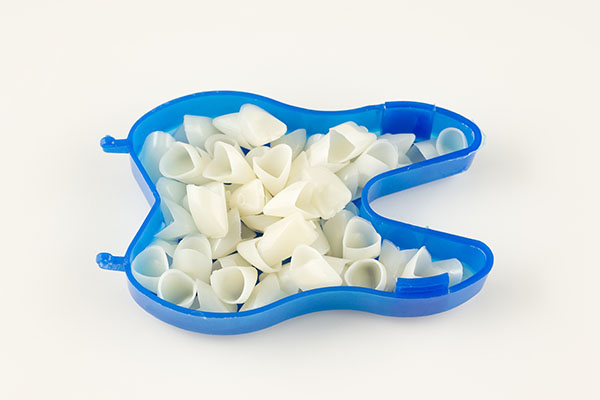 A dental crown is a type of dental restoration that is used to avoid additional damage to a tooth’s surface after it breaks, chips, or fractures. Dental crowns are caps that are cemented over broken teeth to preserve their function, form, and appearance. The materials for the dental crown can be metals, ceramics, porcelain, or composite resin.
A dental crown is a type of dental restoration that is used to avoid additional damage to a tooth’s surface after it breaks, chips, or fractures. Dental crowns are caps that are cemented over broken teeth to preserve their function, form, and appearance. The materials for the dental crown can be metals, ceramics, porcelain, or composite resin.
Dental crown materials
The following are some of the available crown materials:
Ceramic
Front teeth are typically restored with ceramic dental crowns because they are customizable to match their natural color. They are made from a block of a porcelain-based material. Ceramic might not be the right choice for patients who tend to grind their teeth at night because it is prone to cracking when subjected to intense pressure. Although resistant to wear, a ceramic crown may irritate adjacent teeth in case the surfaces get rough.
Porcelain fused to metal
These dental crowns have better protection than all-porcelain crowns since they are fixed to a metal base. This further strengthens the crown’s attachment to the tooth, making it more resilient. The porcelain covering makes the crown natural-looking. This dental crown has a tight seal to avoid leakage, regardless of the condition of the underlying tooth or the filling materials used. Like full ceramic crowns, porcelain-fused-to-metal crowns do not wear down quickly.
Base metal crowns
Every crown placement process requires that the dentist reduce the size of the tooth for a good fit. With a crown made of base metal alloys, only a minimal amount of tooth structure needs to be removed. The crown’s non-noble metals are highly corrosion-resistant, resulting in a solid crown. This alternative also offers a strong leak-proof seal. It is different from both porcelain options in that it is more wear-resistant and does not abrade the teeth on the opposite side.
Making a choice
Patients will still need to talk with the dentist who will be handling the procedure to know the best crown material for them. This guide is only meant to highlight the simple benefits and drawbacks of the most widely used and recognized crown materials. Relevant clinical issues or anatomical requirements for each patient can have a larger impact on material choices than all of the details discussed here.
When aesthetics or the front teeth are the primary consideration, the dentist will usually recommend a ceramic or porcelain-based crown material. A metal crown offers more strength and is usually used for the molars that handle most of the chewing in the mouth. The dentist will examine the teeth and recommend the best option for each patient.
Conclusion
When you understand what you are in for and the options available, going to the dentist can become less daunting. Knowing the different dental crown materials that the dentist might recommend is a great start if you have a tooth that needs protection. Book an appointment with our dental office to get started.
Request an appointment or call Marietta Dental Smiles at 770-200-4988 for an appointment in our Marietta office.
Related Posts
A dental crown is a long-lasting dental restoration that helps restore the strength, appearance, and function of a severely damaged tooth. While these restorations are strong, proper dental crown care ensures their durability and prevents potential complications. The following guidelines can help you preserve your newly restored tooth and maintain your long-term oral health.A dental…
Dental crowns and veneers can both restore the function and appearance of damaged teeth. That damage can take the form of decay, discoloration, chips or cracks, or a crooked appearance. The main difference is that a crown goes over the whole tooth, whereas a veneer only sits on the front. Beyond that, there are pros…
When someone has had a root canal, people usually think of a dental crown as the next procedure. During a root canal, the dentist first drills a tiny hole in the tooth's surface. The infected pulp is then removed, and the inner layer of the tooth is cleaned to remove any residue. Finally, the dentist…
